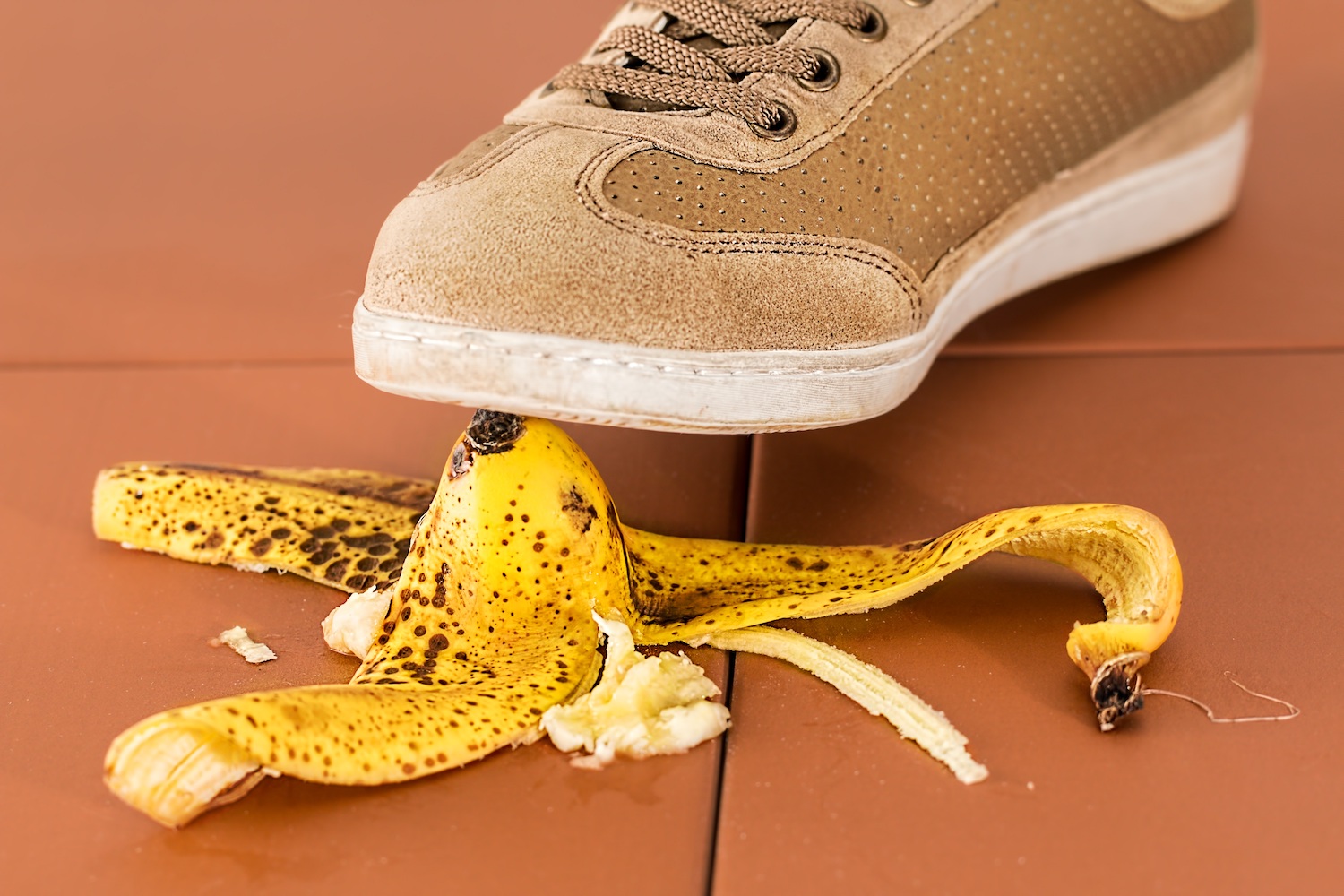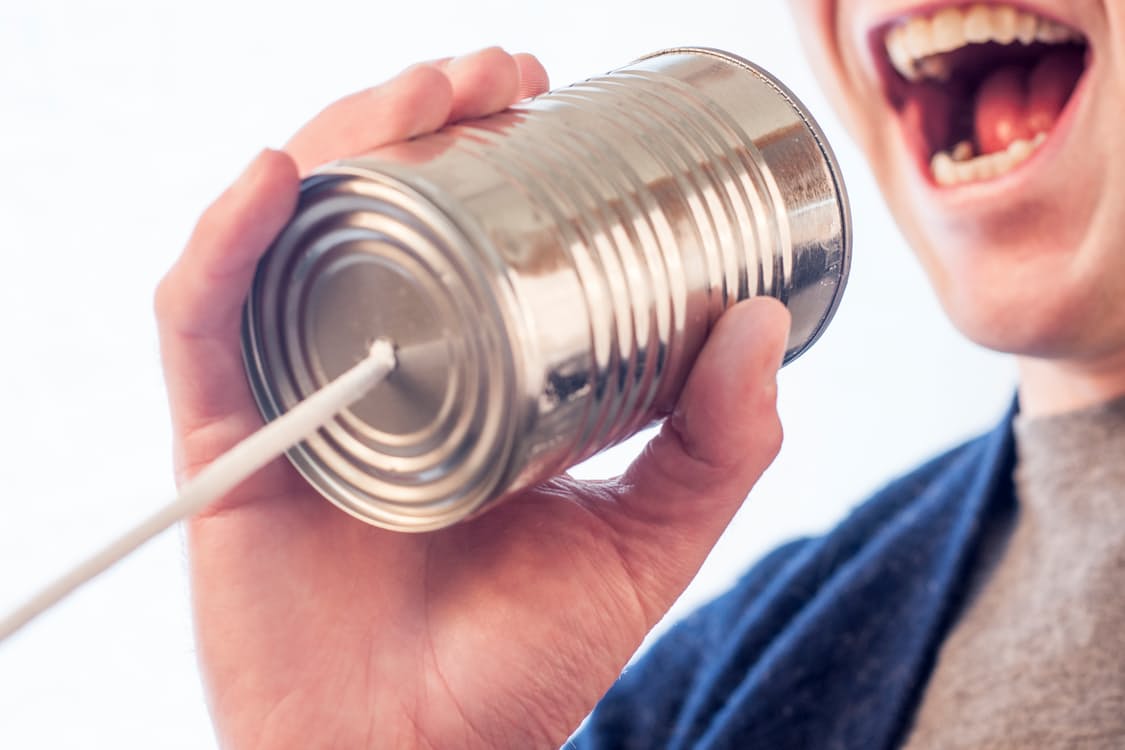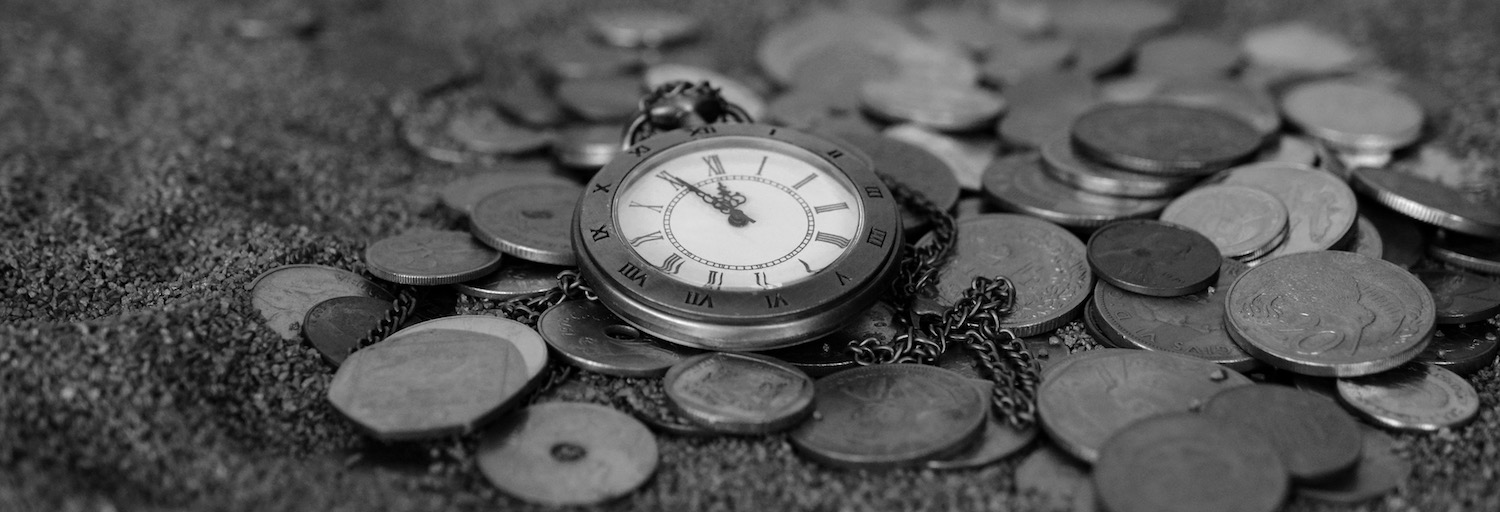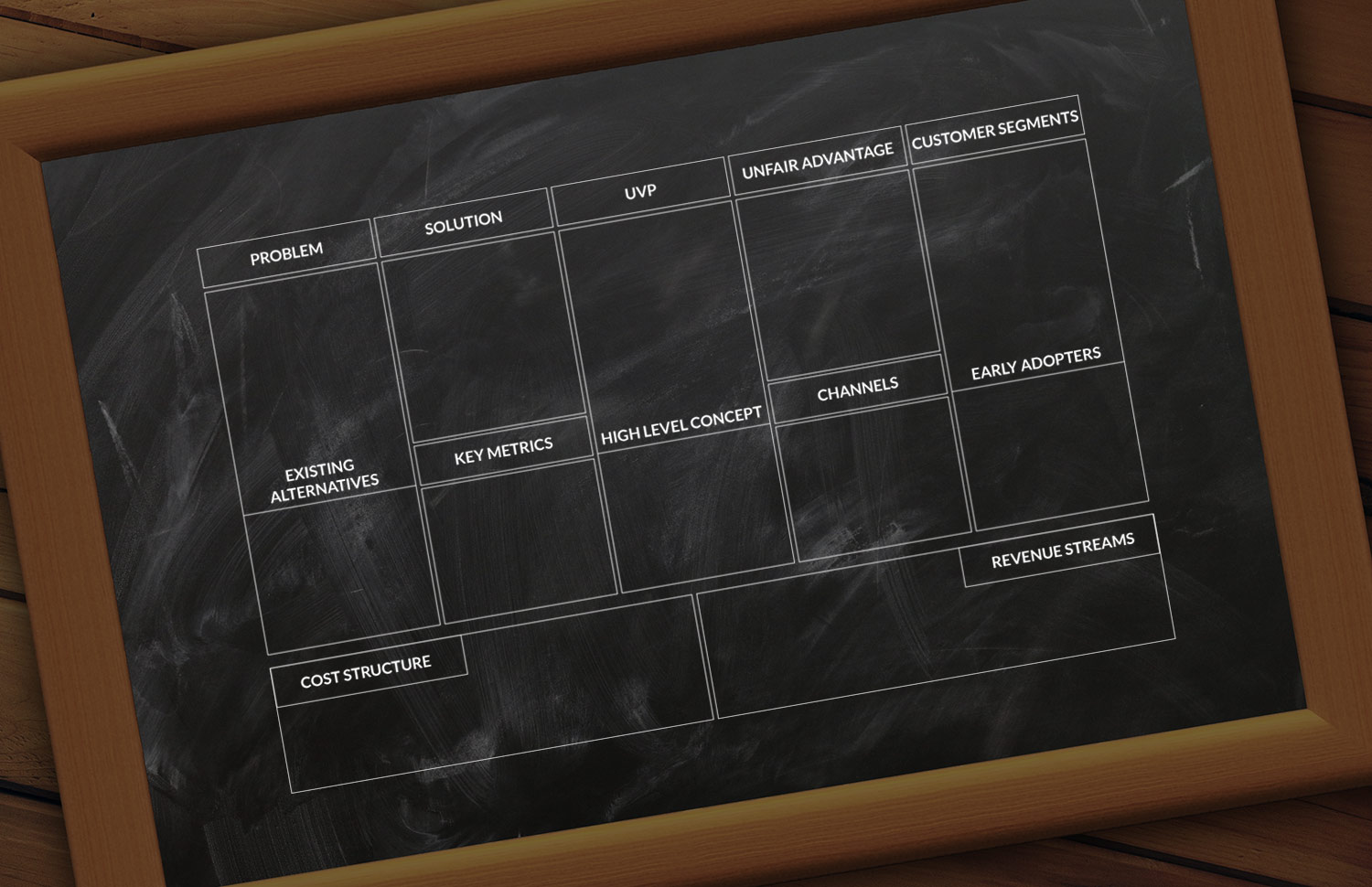What is Buyer’s Journey & Why it matters for your business?
If you want to succeed in any business, whether it’s online or offline, it’s essential to understand the buyer’s journey. This is something that occurs in all transactions. Identifying the various stages of this process allows you to refine and improve your marketing. Let’s take a look at the buyer’s journey and why it plays […]
If you want to succeed in any business, whether it’s online or offline, it’s essential to understand the buyer’s journey. This is something that occurs in all transactions. Identifying the various stages of this process allows you to refine and improve your marketing. Let’s take a look at the buyer’s journey and why it plays such a crucial role for your business.
What is the Buyer’s Journey?
With every sale, no matter how simple or complex, there are a certain series of steps. These vary according to the type of transaction. The buyer’s journey consists of the various stages that take place before, during, and after a sale. These are the typical stages:
- Awareness – At this initial phase, the potential customer is aware of either a problem or desire. Either the customer identifies this need himself or the idea occurs to him because of something external. If you’re walking down the street, for example, and you see a pizza place, you may suddenly realize you’re hungry. Or you see a TV commercial for a car and you think that maybe it’s time to buy a new car.
- Consideration – The potential customer is already aware of either a need or a specific product. He or she then thinks about whether or not to buy something. The more serious, expensive, or complicated the item, the more thought and research go into the decision. For example, if you are hungry, you may stop in the first restaurant you pass without thinking much about it. You’ll do more research, however, before buying a car or home.
- Decision – This is the actual transaction. With a physical business, customers buy products at the cash register. If it’s an online store, items go into an online shopping cart and submitting payment information. Customers order services online using their credit cards or PayPal.
- Delight – What happens after the sale is also part of the journey. The customer is either pleased or displeased with the purchase. He or she may ask for support. Experiences at this stage determine future behavior. A happy customer may develop loyalty and return in the future.
Depending on your business model, the buyer’s journey is either a simple, linear process or an ongoing loop where buyers return and the “journey” repeats itself.
How to Improve the Buyer’s Journey
Recognizing the buyer’s journey is the first step. What really matters, however, is knowing how to improve it. This means making each stage of the buyer’s journey easier, more comfortable, and more educational. Let’s return to each stage and see how this works.
- Awareness – This is where advertising, marketing, networking, and content are so crucial. In order to make the most of this stage, it’s especially important to target the right customers and to understand their needs, problems, and desires.
- Consideration – Your job at this stage is to convince customers that your business offers the best solution. Offering a USP (unique selling proposition) is important to differentiate yourself from the competition. Social proof in the form of reviews and testimonials are also powerful.
- Decision – Make the actual buying process as convenient as possible. Remember, until the buyer actually submits the payment, there’s no sale. With online sales, shopping cart abandonment is a fairly common issue. This occurs for many reasons. One issue, however, is that customers find the process too complex. Similarly, a customer in a store may choose items and then decide to leave without buying them because the line is too long. That’s why it’s so crucial to present a simple and convenient buying experience for customers.
- Delight – Offer high-quality support to make sure the customer is completely satisfied. If you’re using a sales funnel, an initial sale hopefully leads to upsells – more expensive products.
The buyer’s journey is always changing. Even if you stay the same, markets, competitors and customers change. That’s why it’s important to adapt and evolve. Test and track to identify areas where you need to improve. For example, customers at the awareness stage might need more information. Or your customer support at the post-sale stage may need an upgrade. Always look for ways to make each stage of the buyer’s journey easier, more informative, and more pleasant.
If you want to learn how to get more leads and sales from your business website, contact us.
Archives by Month:
March
- Why People Buy? What key factors determine they would do business with you?
- Special Guest – Raj Smriti
- Let’s catch the Thief that is stealing your success

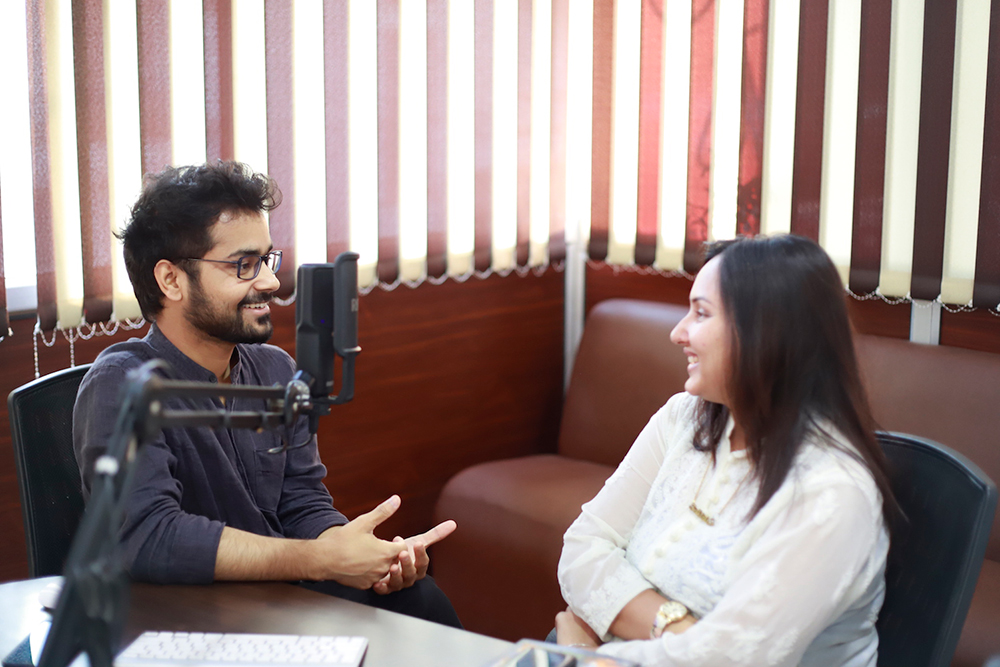

February
January
- The 5 Sins of Marketing to avoid for success
- How to charge what you’re worth?
- Ever heard “Content is King” – Why ?
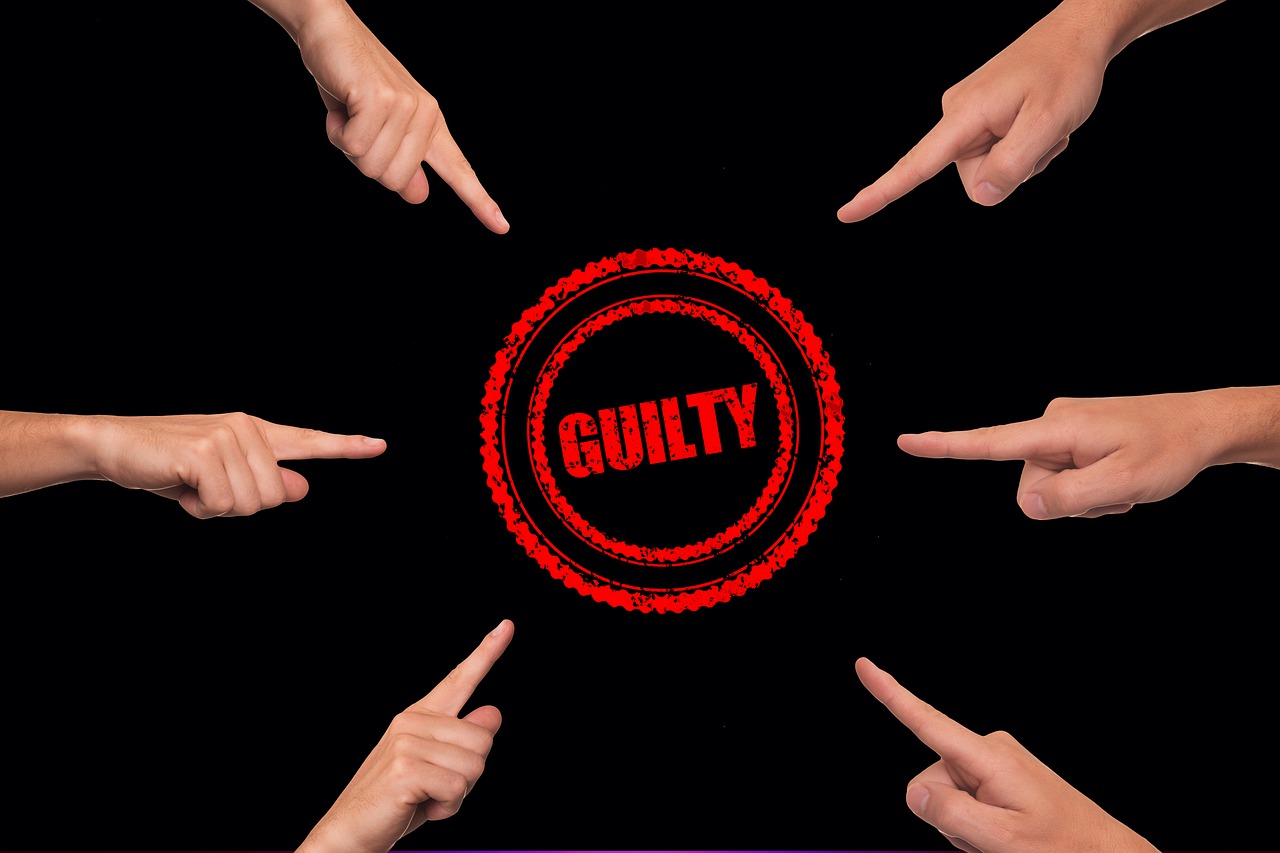

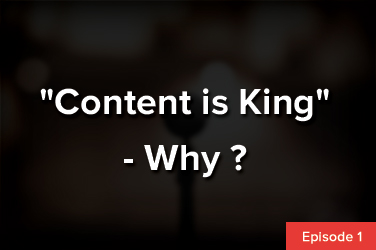
July
- 20 Myths About Business Success Revealed
- 4 Ways to Stop Burning Money in Ads but Still Get More Customers?
- What’s the Key to Creating Successful Conversion Content? and Grow Sales!
- Inbound Marketing – Perfect For People Who Hate Selling
- The Worst Advice We’ve Ever Heard About Sales





March
- What is Buyer’s Journey & Why it matters for your business?
- 4 Reasons why your Marketing efforts are not paying off or converting?
- The Benefits of Buyer Personas and How to Get Started?
- Why We Don’t Sell Any Project Without Discovery?




February
- 10 signs your website might be ready for an upgrade
- Why your business needs a technical co-founder…and where to find one?


January
December
- Startups Business – Determining if Your Business is Ready for Funding
- Five steps to attract investors
- How to Make a Successful Startup Business Plan.
- 10 Common Mistakes New Businesses Make



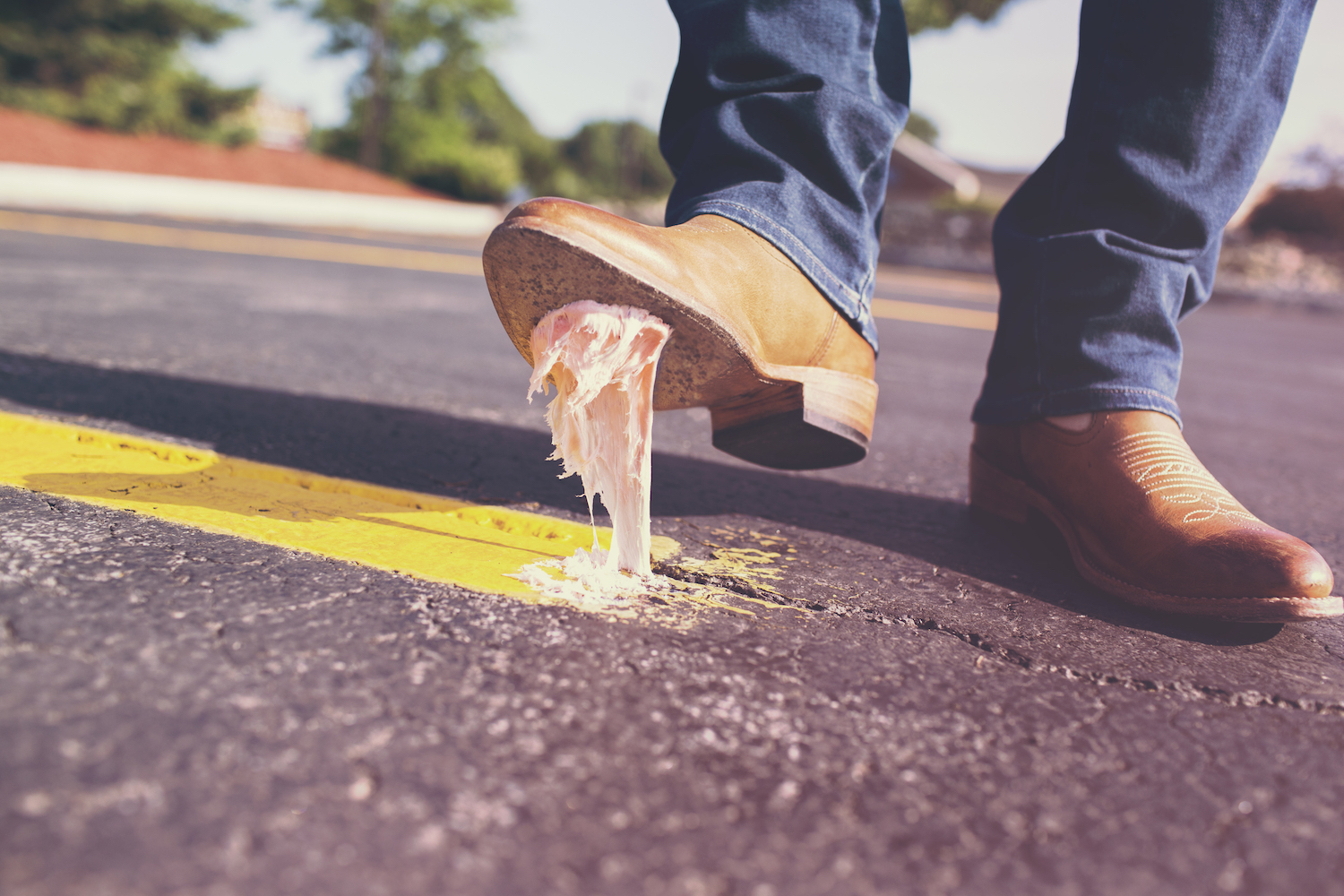
November
- 10 Crucial Errors to Avoid for Startup Businesses
- Spread the Word: 4 Ways to Enhance Your Online Presence
- $100 website vs a $10,000 website? What’s the difference?
- Brochure Website vs. Sales Person Website – What Really Works for You?
- $10,000?! For a website? Is a website worth that much ?
